How the one referee and six again rule could lead to a decrease in leg injuries for NRL players
The one referee and six again rule has added entertainment value for NRL fans, but what does it mean for players – and could a quick ruck spell the end for gang tackles and power players?
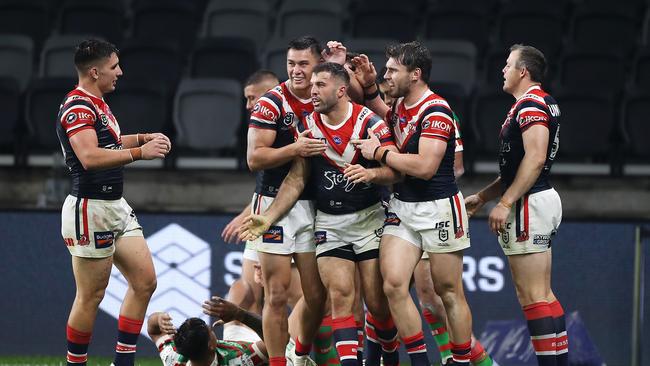
NRL
Don't miss out on the headlines from NRL. Followed categories will be added to My News.
The introduction of one referee and the six-again rule have increased the entertainment value and could also bring about a decline in injuries.
The NRL moved back to the one-referee system and replaced a penalty for a ruck infringement with the six-again rule in a bid to remove the wrestle and bring back an emphasis on attack.
However, the push to speed up the ruck and neutralise the wrestle has the potential to protect players from the “gang tackle”.
Kayo is your ticket to the 2020 NRL Telstra Premiership. Watch every game Live & On-Demand with no-ad breaks during play. New to Kayo? Get your 14-day free trial & start streaming instantly >
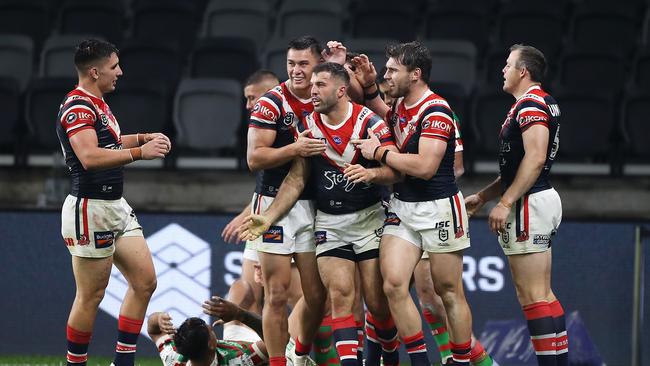
Physiotherapist and NRL injury analyst Brien Seeney said the gang tackle, or third man in, was likely to become less prevalent as the season wore on.
Now the game has sped up, there is less opportunity to use a gang tackle to wrestle the attacker to the ground or for a third player to come in low and complete the tackle.
Over time, the result could be fewer knee and ankle injuries.
“The MCL injuries and syndesmosis injuries are normally always pretty high because it’s a contact sport,” Seeney said.
“In more recent times the tackle technique tended to be two players holding a guy up and a third guy coming to take the legs.
“We see a lot of contact injuries like the MCL and syndesmosis when that third player comes in and the foot can twist out or the knee can collapse in.
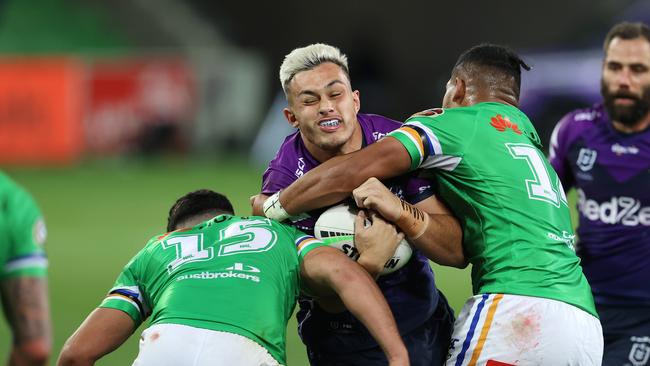
“That mechanism of injury, that way of getting injured, has increased because that tackle technique has become more popular in the last couple of years.
“If the game speeds up and referees are calling held earlier, that will decrease that mechanism of injury.”
Despite the coronavirus-enforced break and limited contact training, there were only six injuries during games in round three. That was lower than the corresponding round in the 2018 and 2019 seasons.
It was also lower than the opening round in those seasons.
However, Seeney said there was a noticeable increase in soft-tissue leg injuries during the shutdown that forced players to miss the restart of the competition.
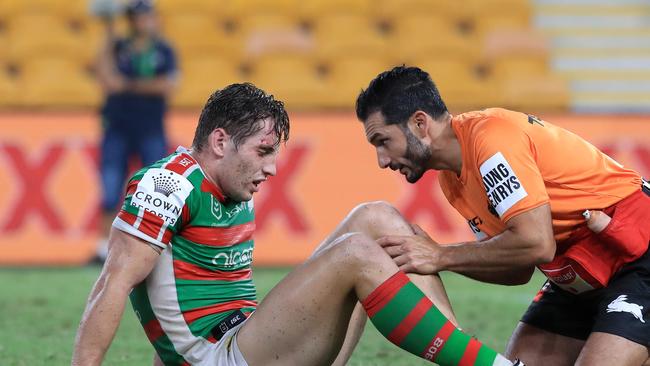
Increasing training loads from isolation into full-contact match simulation at training was the likely reason for players injuring hamstrings and calves during the hiatus.
“In isolation there is minimal control from coaching staff and the ability of sport science to dictate how players should be training,” Seeney said.
“You can give the players a training program but they might not do it, they might not do enough, they might not do it at the right intensity.
“But even if the players did everything they were supposed to do, to go from isolation to NRL level in three weeks, it’s really hard.”
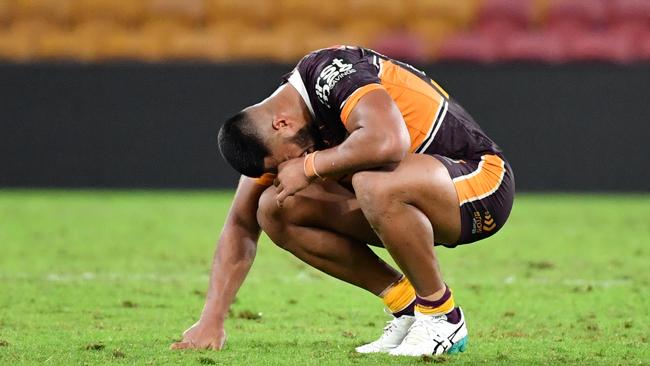
Seeney also believes the six-again rule and added fatigue that comes with it is likely to force coaches to rethink their approach to training.
Building power and creating explosiveness have been focal points for sides in recent years but Seeney said agility and endurance would become as important.
“Fatigue already plays a massive part in the game but with less stoppage in play and more non-stop physical output required, particularly from players in the middle of the field, extra attention will have to be paid to endurance, cardiovascular fitness and lateral mobility,” he said.
“Weight training will still be important as it forms part of building overall endurance and fitness, but there might just be slightly less emphasis on power and explosive strength.”
By NRL Round (non concussion)
Round 1: 6
Round 2: 11
Round 3: 14
Round 4: 6
Round 5: 5
Round 6: 12
Round 7: 10
Round 8: 12
Round 9: 13
2019:
Round 1: 9
Round 2: 7
Round 3: 13
Round 4: 9
Round 5: 13
Round 6: 7
Round 7: 12
Round 8: 11
Round 9: 13
2020 so far:
Round 1:5
Round 2: 10
Season break
Round 3: 6
Data provided by NRL Physio, Brien Seeney
Originally published as How the one referee and six again rule could lead to a decrease in leg injuries for NRL players
